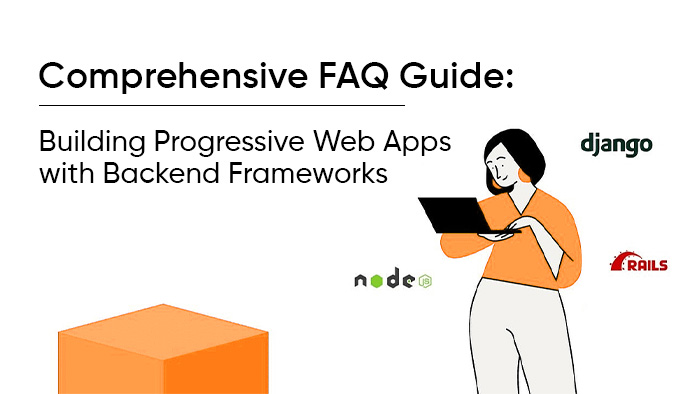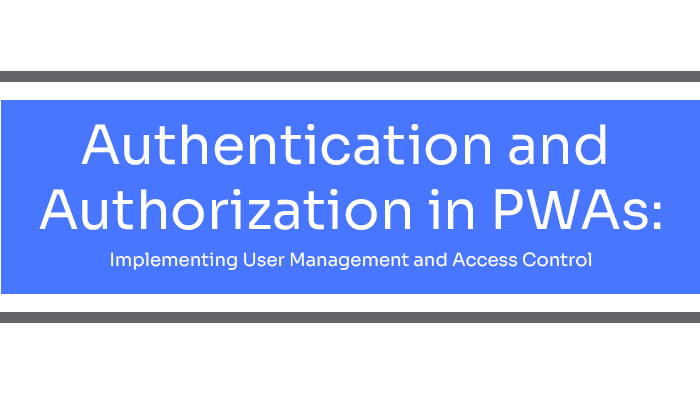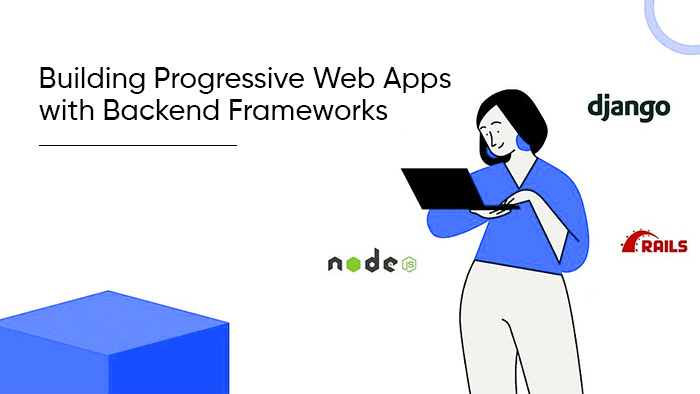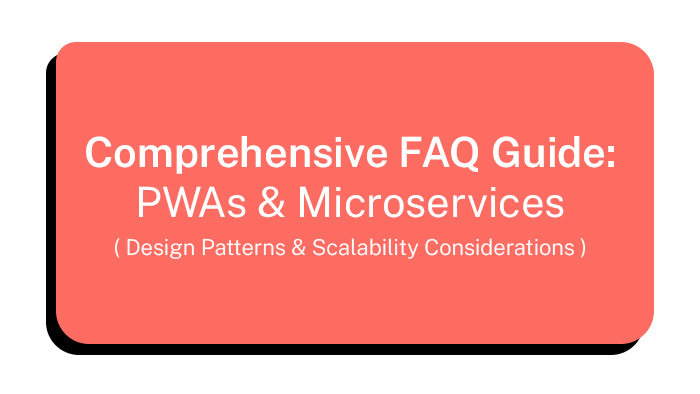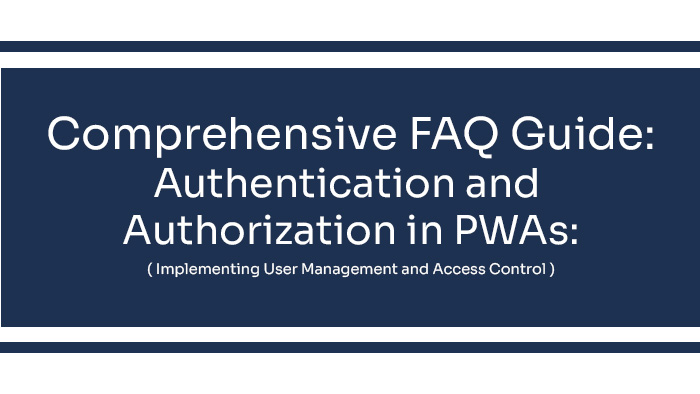
Comprehensive Faqs Guide: Authentication and Authorization in PWAs: Implementing User Management and Access Control
1: Introduction to Authentication and Authorization in PWAs 1: What is the difference between authentication and authorization in the context of PWAs? Authentication and authorization are two distinct but interconnected concepts in the realm of Progressive Web Apps (PWAs): Authentication involves verifying the identity of a user, ensuring that they are who they claim to be. This process often involves username-password combinations, biometrics, or other secure methods to confirm identity. In PWAs, authentication ensures that only legitimate users gain access to the application. Authorization, on the other hand, deals with granting appropriate permissions and access rights to authenticated users. It defines what actions or resources a user is allowed to access based on their role or privileges. Authorization prevents unauthorized users from accessing sensitive data or performing actions they shouldn’t. Question 2: Why is implementing proper authentication and authorization crucial for PWAs? Implementing robust authentication and authorization mechanisms is of paramount importance in the context of PWAs for several reasons: Data Security: PWAs often handle
